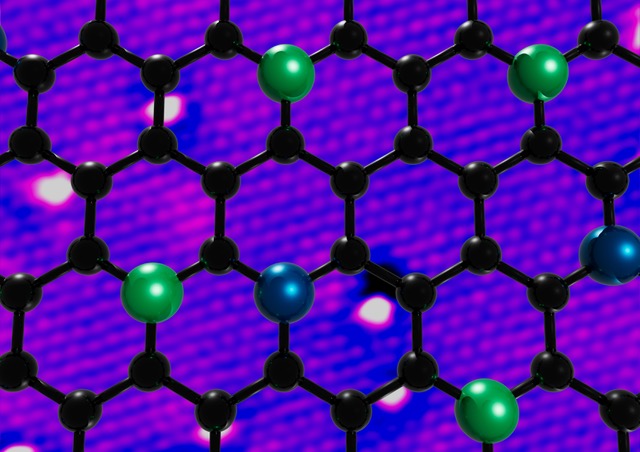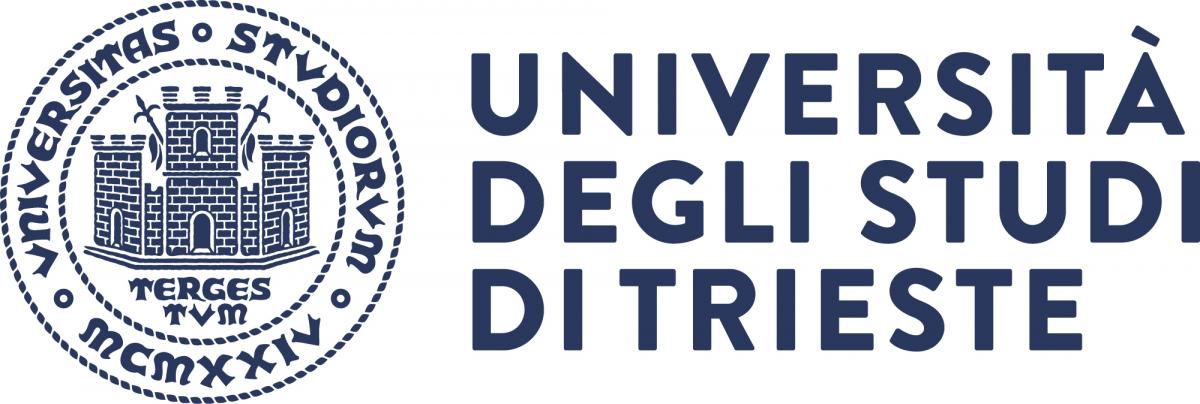New materials for new applications: trapping single metal atoms in graphene

An article published today, November 8, in the prestigious journal Science Advances presents a simple and innovative method to create new materials that combine the extraordinary properties of single metal atoms with the robustness, flexibility, and versatility of graphene.
Graphene is a material made of a two-dimensional arrangement of carbon atoms, discovered in 2004, which has had a significant impact on the scientific community, leading to the awarding of the Nobel Prize in Physics to its discoverers in 2010.
The proposed method involves the controlled deposition of metal atoms, such as cobalt, during the formation of the graphene layer on a nickel surface. Some of these atoms are incorporated into the carbon network of graphene, creating a material with exceptional properties of robustness, reactivity, and stability even under critical conditions.
This new material can be detached from the substrate while maintaining its original structure and is therefore potentially usable in applications in catalysis, spintronics, and electronic devices.
The presented work is the result of an international collaboration between researchers from CNR - Istituto Officina dei Materiali, University of Trieste, University of Milano Bicocca, and University of Vienna.
The comment of Giovanni Comelli (Department of Physics, University of Trieste), one of the senior authors: “The contribution of diverse and complementary skills was crucial to demonstrate the effectiveness of this approach, which is both simple and powerful.”
Figure: Single atoms of cobalt and nickel trapped in a graphene network (credits: Valeria Chesnyak, Irene Modolo)


